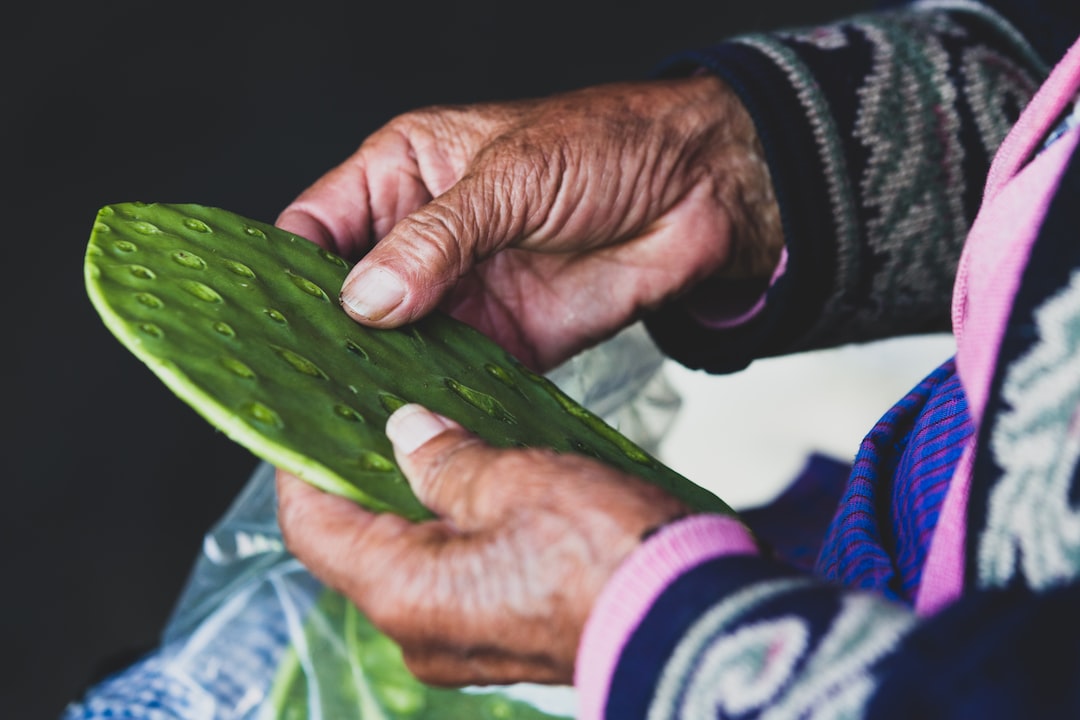Harvesting Happiness: A Guide to Knowing When Cucumbers are Ripe for the Picking

Cucumbers are a popular and versatile vegetable that can be enjoyed in a variety of dishes. Whether you’re adding them to salads, pickling them, or using them as a refreshing snack, cucumbers are a staple in many kitchens. However, harvesting cucumbers at the right time is crucial for optimal flavor, texture, and nutrition. In this blog post, we will discuss the cucumber growth cycle, factors that affect ripeness, how to check for ripeness, harvesting techniques, storage tips, recipe ideas, and troubleshooting common problems.
Key Takeaways
- Harvesting cucumbers at the right time is crucial for optimal flavor and texture.
- Understanding the cucumber growth cycle and factors that affect ripeness can help you determine when to harvest.
- Signs of cucumber ripeness include color, texture, and size.
- The pinch and twist method is a reliable way to check for ripeness.
- Proper harvesting tools and techniques, as well as storage tips, can help you enjoy your cucumber harvest to the fullest.
Understanding the Cucumber Growth Cycle: From Flowering to Ripening
To understand the importance of harvesting cucumbers at the right time, it’s essential to understand their growth cycle. Cucumbers grow from seeds and go through several stages of growth, including flowering, fruit development, and ripening.
The flowering stage is when the cucumber plant produces male and female flowers. These flowers are necessary for pollination and fruit development. Bees and other pollinators play a crucial role in transferring pollen from the male flowers to the female flowers.
After pollination, the fruit development stage begins. The cucumber grows in size and begins to develop its characteristic shape. During this stage, it’s important to provide adequate water and nutrients to support healthy growth.
Finally, the ripening stage is when the cucumber reaches its optimal flavor and texture. This is the stage at which you want to harvest your cucumbers for the best taste and quality.
Factors that Affect Cucumber Ripeness: Temperature, Water, and Soil Quality
Several factors can affect cucumber ripeness. Temperature plays a significant role in cucumber ripening, with warmer temperatures leading to faster ripening. Cucumbers thrive in temperatures between 70-90°F (21-32°C). If temperatures are too high, cucumbers may become bitter or develop a yellow color.
Adequate water and soil quality are also essential for optimal cucumber growth and ripening. Cucumbers require consistent moisture to prevent stress and ensure proper fruit development. However, overwatering can lead to waterlogged soil and root rot. It’s important to maintain a balance and provide enough water without overdoing it.
Soil quality is another crucial factor in cucumber ripeness. Cucumbers prefer well-draining soil that is rich in organic matter. The soil should have a pH level between 6 and 7 for optimal growth. Testing your soil and amending it as needed can help ensure healthy cucumber plants and ripe fruit.
Signs of Cucumber Ripeness: Color, Texture, and Size
| Signs of Cucumber Ripeness | Color | Texture | Size |
|---|---|---|---|
| Unripe | Light green | Firm and crunchy | Small |
| Partially ripe | Medium green | Firm with slight give | Medium |
| Fully ripe | Dark green to yellow | Soft and juicy | Large |
When it comes to determining cucumber ripeness, there are several signs to look for. Cucumbers that are ripe will have a bright green color and a firm texture. They should feel crisp when you squeeze them gently.
On the other hand, overripe cucumbers may have a yellowish color and a soft texture. These cucumbers are past their prime and may not taste as good as their ripe counterparts.
Cucumbers come in different sizes, but they should be harvested when they reach their mature size. This will vary depending on the variety you’re growing. Check the seed packet or plant label for information on the expected size of your cucumbers.
How to Check for Cucumber Ripeness: Using the Pinch and Twist Method
One of the easiest ways to check for cucumber ripeness is by using the pinch and twist method. This involves gently pinching the cucumber near the stem and twisting it off the vine.
If the cucumber comes off easily, it is likely ripe and ready to be harvested. If it requires a lot of force or doesn’t come off at all, it may not be fully ripe yet. It’s best to leave it on the vine for a little longer and check again in a few days.
Harvesting Cucumbers: Tools and Techniques for Safe and Efficient Picking

When it comes to harvesting cucumbers, it’s important to use the right tools and techniques to ensure safe and efficient picking. Sharp pruning shears or scissors are recommended for cutting the cucumber off the vine. This helps prevent damage to the plant and ensures a clean cut.
Harvesting should be done in the morning or evening when temperatures are cooler. This helps preserve the quality of the cucumbers and reduces the risk of heat stress. Avoid harvesting during the hottest part of the day when the sun is at its peak.
When handling cucumbers, it’s important to be gentle to avoid bruising or damaging the fruit. Cucumbers have delicate skin that can easily be damaged if mishandled. Hold them carefully and avoid dropping or squeezing them too hard.
Storing Cucumbers: Tips for Keeping Them Fresh and Delicious
After harvesting your cucumbers, it’s important to store them properly to maintain their freshness. Cucumbers should be stored in the refrigerator to keep them cool and crisp. They should be kept in a plastic bag or container to prevent moisture loss.
Cucumbers should be used within a week of harvesting for optimal flavor and texture. As time goes on, they may become soft and lose their crispness. If you have an abundance of cucumbers, consider sharing them with friends, family, or neighbors to ensure they are enjoyed at their best.
Using Ripe Cucumbers: Recipes and Ideas for Enjoying Your Harvest
Once you’ve harvested your ripe cucumbers, it’s time to enjoy them in a variety of delicious recipes. Cucumbers can be used in salads, sandwiches, and wraps for a refreshing crunch. They can also be pickled for a tangy and flavorful snack.
If you’re looking for a refreshing drink, cucumbers can be blended into smoothies or used to infuse water for a hint of flavor. They can also be used in chilled soups, such as gazpacho, for a cool and refreshing summer meal.
Experiment with different recipes and flavor combinations to find your favorite way to enjoy ripe cucumbers. Don’t be afraid to get creative and try new things. The possibilities are endless!
Troubleshooting Common Cucumber Problems: Pest Control and Disease Prevention
Like any plant, cucumbers are susceptible to pests and diseases. Common cucumber pests include aphids, cucumber beetles, and spider mites. These pests can damage the leaves and fruit of the cucumber plant if left unchecked.
To control pests, it’s important to monitor your plants regularly and take action at the first sign of infestation. This may involve using organic pest control methods such as insecticidal soap or neem oil. You can also attract beneficial insects like ladybugs and lacewings to help control pest populations.
Disease prevention is another important aspect of cucumber care. Proper watering techniques, such as watering at the base of the plant and avoiding overhead watering, can help prevent fungal diseases like powdery mildew. Crop rotation is also recommended to prevent the buildup of soil-borne diseases.
Harvesting Happiness and Enjoying the Fruits of Your Labor
Harvesting cucumbers at the right time is essential for optimal flavor and nutrition. By understanding the cucumber growth cycle, factors that affect ripeness, and how to check for ripeness, you can enjoy a bountiful harvest.
With proper harvesting, storage, and recipe ideas, you can savor the delicious taste of fresh cucumbers all season long. Don’t be afraid to experiment with different flavors and techniques to find your favorite way to enjoy this versatile vegetable.
So, get out there and start harvesting your cucumbers. Enjoy the process and the satisfaction of growing your own food. And most importantly, savor the delicious taste of fresh cucumbers that you’ve nurtured from seed to harvest. Happy harvesting!



